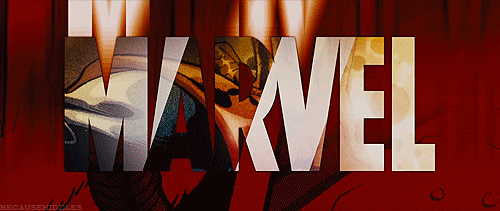
Marvel Timely Publications
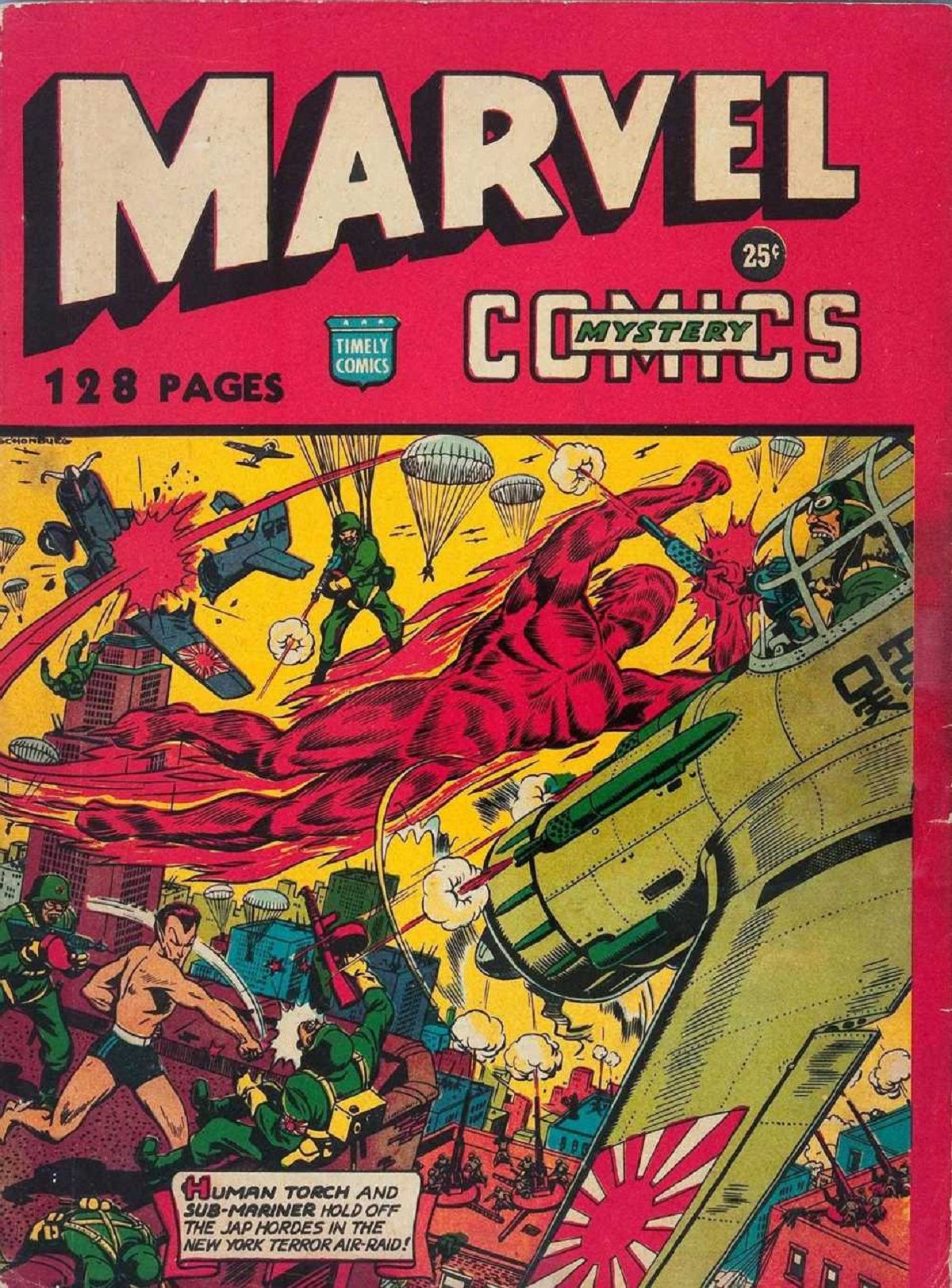
Marvel Comics #1 (Oct. 1939), the first comic from Marvel precursor Timely Comics. Cover art by Frank R. Paul. Martin Goodman founded the company later known as Marvel Comics under the name Timely Publications in 1939. Martin Goodman, a pulp magazine publisher who had started with a Western pulp in 1933, was expanding into the emerging—and by then already highly popular—new medium of comic books. Launching his new line from his existing company's offices at 330 West 42nd Street, New York City, he officially held the titles of editor, managing editor, and business manager, with Abraham Goodman officially listed as publisher. Timely's first publication, Marvel Comics #1 (cover dated Oct. 1939), included the first appearance of Carl Burgos' android superhero the Human Torch, and the first appearances of Bill Everett's anti-hero Namor the Sub-Mariner, among other features.The issue was a great success, with it and a second printing the following month selling, combined, nearly 900,000 copies.While its contents came from an outside packager, Funnies, Inc.,Timely had its own staff in place by the following year. The company's first true editor, writer-artist Joe Simon, teamed with artist and emerging industry notable Jack Kirby to create one of the first patriotically themed superheroes, Captain America, in Captain America Comics #1 (March 1941). It, too, proved a hit, with sales of nearly one million. Goodman formed Timely Comics, Inc., beginning with comics cover-dated April 1941 or Spring 1941. Goodman hired his wife's cousin,[16] Stanley Lieber, as a general office assistant in 1939.When editor Simon left the company in late 1941, Goodman made Lieber—by then writing pseudonymously as "Stan Lee"—interim editor of the comics line, a position Lee kept for decades except for three years during his military service in World War II. wrote extensively for Timely, contributing to a number of different titles. Goodman's business strategy involved having his various magazines and comic books published by a number of corporations all operating out of the same office and with the same staff. One of these shell companies through which Timely Comics was published was named Marvel Comics by at least Marvel Mystery Comics #55 (May 1944). As well, some comics' covers, such as All Surprise Comics #12 (Winter 1946–47), were labeled "A Marvel Magazine" many years before Goodman would formally adopt the name in 1961.
Marvel Atlas Comics
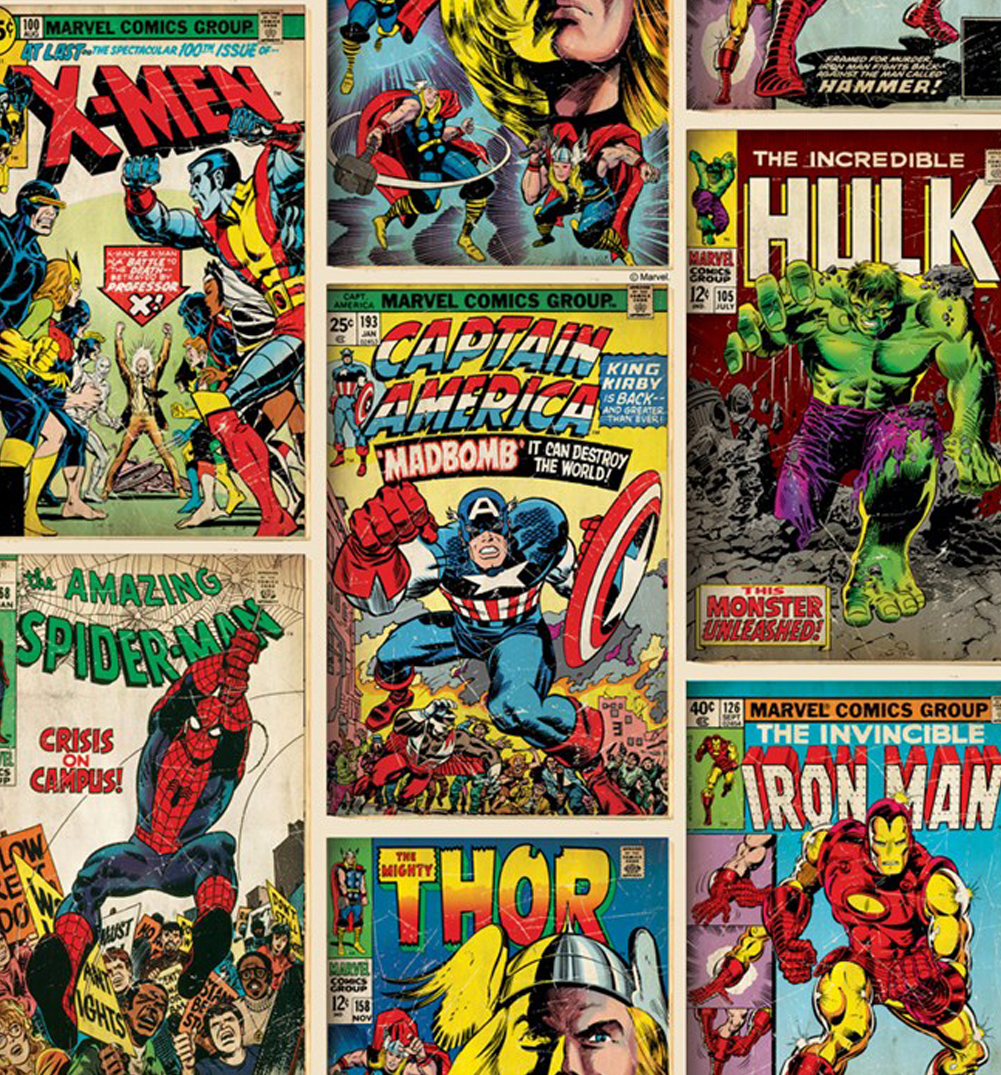
The post-war American comic market saw superheroes falling out of fashion. Goodman's comic book line dropped them for the most part and expanded into a wider variety of genres than even Timely had published, featuring horror, Westerns, humor, funny animal, men's adventure-drama, giant monster, crime, and war comics, and later adding jungle books, romance titles, espionage, and even medieval adventure, Bible stories and sports. Goodman began using the globe logo of the Atlas News Company, the newsstand-distribution company he owned,on comics cover-dated November 1951 even though another company, Kable News, continued to distribute his comics through the August 1952 issues.This globe branding united a line put out by the same publisher, staff and freelancers through 59 shell companies, from Animirth Comics to Zenith Publications. Atlas, rather than innovate, took a proven route of following popular trends in television and movies—Westerns and war dramas prevailing for a time, drive-in movie monsters another time—and even other comic books, particularly the EC horror line.Atlas also published a plethora of children's and teen humor titles, including Dan DeCarlo's Homer the Happy Ghost (à la Casper the Friendly Ghost) and Homer Hooper (à la Archie Andrews). Atlas unsuccessfully attempted to revive superheroes from late 1953 to mid-1954, with the Human Torch (art by Syd Shores and Dick Ayers, variously), the Sub-Mariner (drawn and most stories written by Bill Everett), and Captain America (writer Stan Lee, artist John Romita Sr.). Atlas did not achieve any breakout hits and, according to Stan Lee, Atlas survived chiefly because it produced work quickly, cheaply, and at a passable quality.
Marvel Marvel Comics Brand
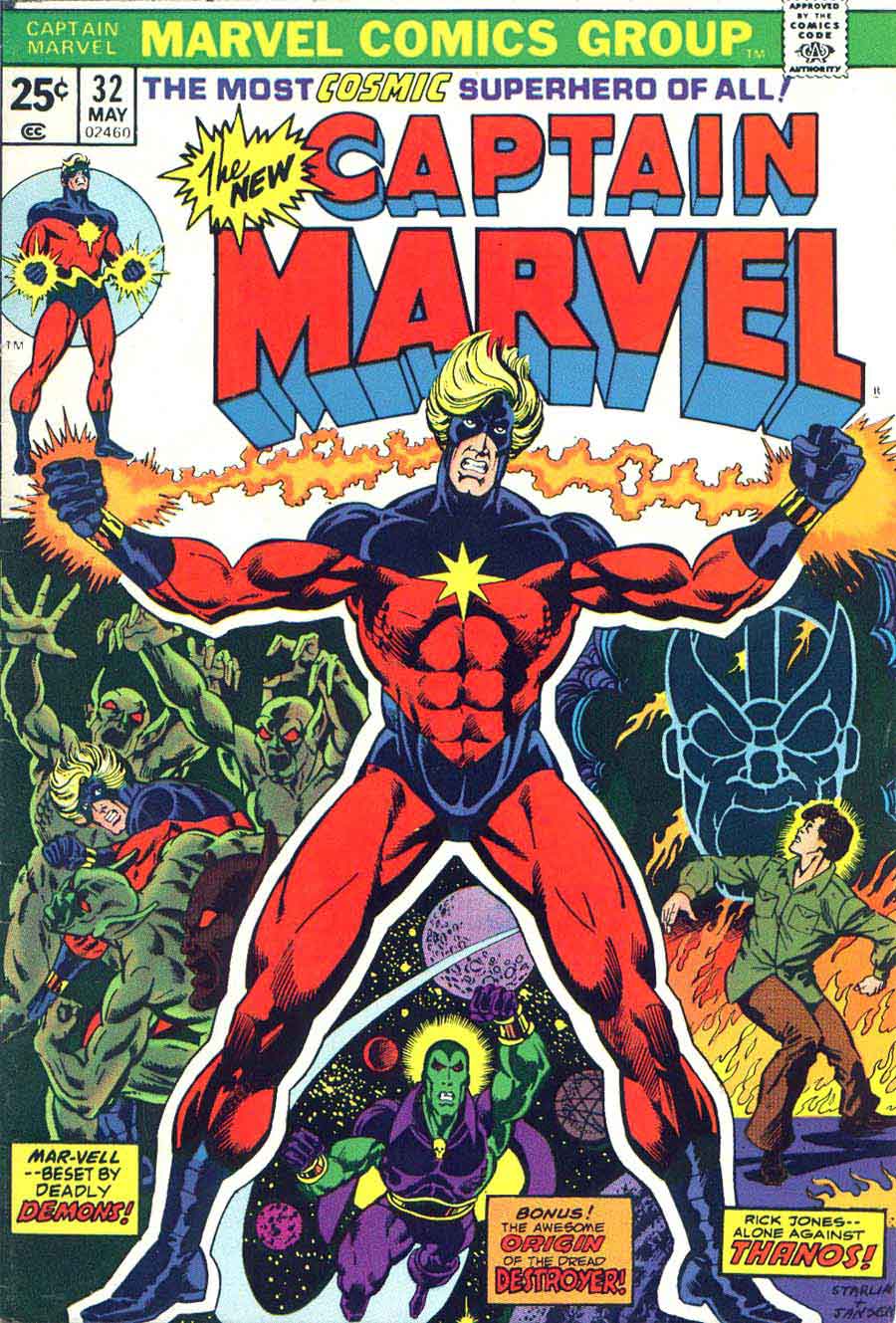
The first modern comic books under the Marvel Comics brand were the science-fiction anthology Journey into Mystery #69 and the teen-humor title Patsy Walker #95 (both cover dated June 1961), which each displayed an "MC" box on its cover. Then, in the wake of DC Comics' success in reviving superheroes in the late 1950s and early 1960s, particularly with the Flash, Green Lantern, and other members of the team the Justice League of America, Marvel followed suit. In 1961, writer-editor Stan Lee revolutionized superhero comics by introducing superheroes designed to appeal to more older readers than the predominantly child audiences of the medium. Modern Marvel's first superhero team, the titular stars of The Fantastic Four #1 (Nov. 1961), broke convention with other comic book archetypes of the time by squabbling, holding grudges both deep and petty, and eschewing anonymity or secret identities in favor of celebrity status. Subsequently, Marvel comics developed a reputation for focusing on characterization and adult issues to a greater extent than most superhero comics before them, a quality which the new generation of older readers appreciated.This applied to The Amazing Spider-Man title in particular, which turned out to be Marvel's most successful book. Its young hero suffered from self-doubt and mundane problems like any other teenager, something readers could identify with. Lee and freelance artist and eventual co-plotter Jack Kirby's Fantastic Four originated in a Cold War culture that led their creators to revise the superhero conventions of previous eras to better reflect the psychological spirit of their age. Eschewing such comic-book tropes as secret identities and even costumes at first, having a monster as one of the heroes, and having its characters bicker and complain in what was later called a "superheroes in the real world" approach, the series represented a change that proved to be a great success.
Marvel Marvel Enterprises

In 1997, Toy Biz and MEG merged to end the bankruptcy, forming a new corporation, Marvel Enterprises. With his business partner Avi Arad, publisher Bill Jemas, and editor-in-chief Bob Harras, Toy Biz co-owner Isaac Perlmutter helped stabilize the comics line. With the new millennium, Marvel Comics emerged from bankruptcy and again began diversifying its offerings. In 2001, Marvel withdrew from the Comics Code Authority and established its own Marvel Rating System for comics. The first title from this era to not have the code was X-Force #119 (October 2001). Marvel also created new imprints, such as MAX (an explicit-content line) and Marvel Adventures (developed for child audiences). In addition, the company created an alternate universe imprint, Ultimate Marvel, that allowed the company to reboot its major titles by revising and updating its characters to introduce to a new generation. Some of its characters have been turned into successful film franchises, such as the Men in Black movie series, starting in 1997, Blade movie series, starting in 1998, X-Men movie series, starting in 2000, and the highest grossing series Spider-Man, beginning in 2002. In a cross-promotion, the November 1, 2006, episode of the CBS soap opera The Guiding Light, titled "She's a Marvel", featured the character Harley Davidson Cooper (played by Beth Ehlers) as a superheroine named the Guiding Light. The character's story continued in an eight-page backup feature, "A New Light", that appeared in several Marvel titles published November 1 and 8. Also that year, Marvel created a wiki on its Web site. In late 2007 the company launched Marvel Digital Comics Unlimited, a digital archive of over 2,500 back issues available for viewing, for a monthly or annual subscription fee. In 2009 Marvel Comics closed its Open Submissions Policy, in which the company had accepted unsolicited samples from aspiring comic book artists, saying the time-consuming review process had produced no suitably professional work.The same year, the company commemorated its 70th anniversary, dating to its inception as Timely Comics, by issuing the one-shot Marvel Mystery Comics 70th Anniversary Special #1 and a variety of other special issues.
Marvel Disney conglomerate unit (2009–present)
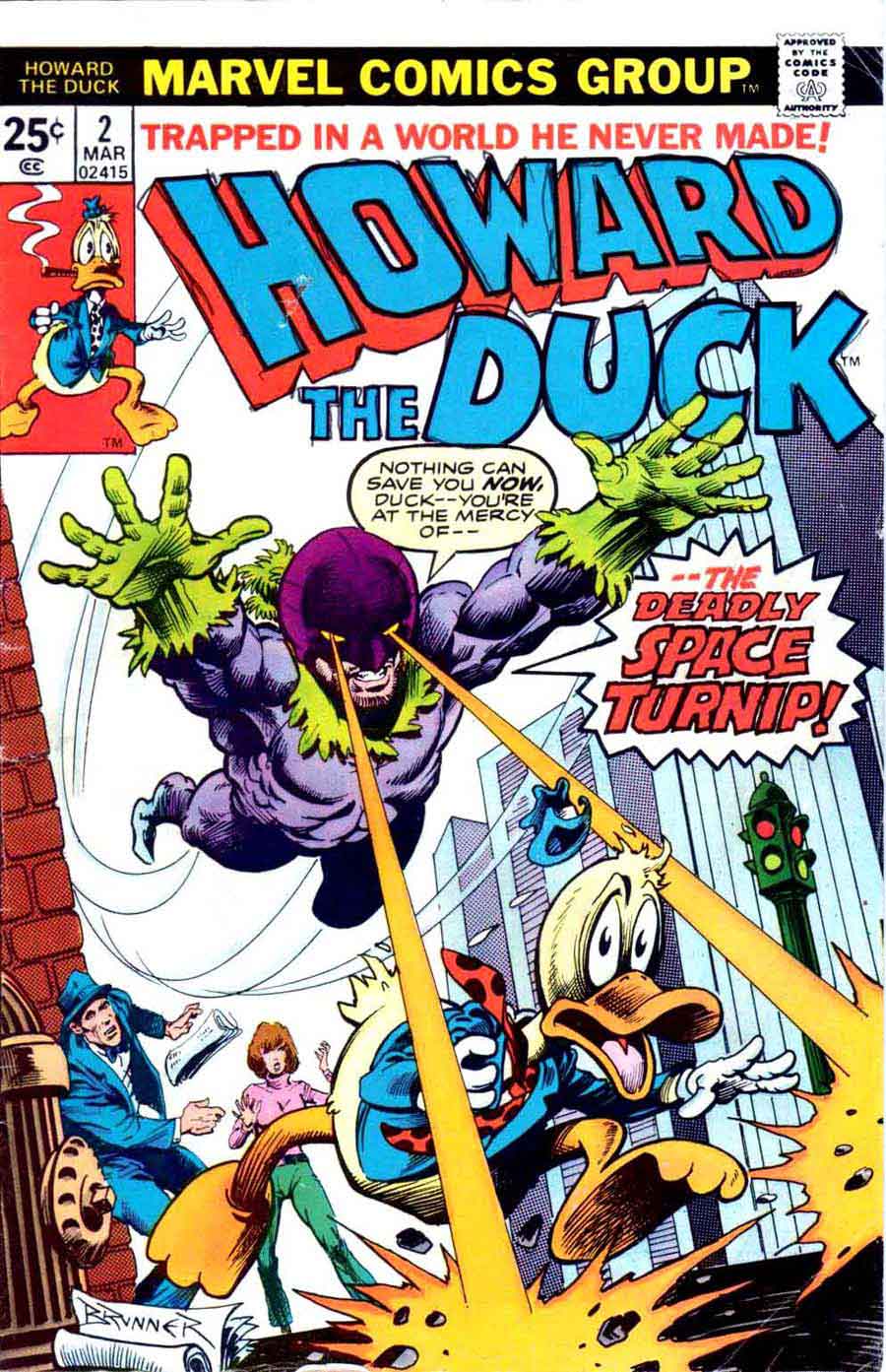
On August 31, 2009, The Walt Disney Company announced a deal to acquire Marvel Comics' parent corporation, Marvel Entertainment, for $4 billion or $4.2 billion, with Marvel shareholders to receive $30 and 0.745 Disney shares for each share of Marvel they own. Marvel and its major, longtime competitor DC Comics shared over 80% of the American comic-book market.[72] As of September 2010, Marvel switched its bookstores distribution company from Diamond Book Distributors to Hachette Distribution Services.[73] Marvel relaunched the CrossGen imprint, owned by Disney Publishing Worldwide, in March 2011. Marvel and Disney Publishing began jointly publishing Disney/Pixar Presents magazine that May. Marvel discontinued its Marvel Adventures imprint in March 2012, and replaced them with a line of two titles connected to the Marvel Universe TV block. Also in March, Marvel announced its Marvel ReEvolution initiative that included Infinite Comics, a line of digital comics, Marvel AR, an application software that provides an augmented reality experience to readers and Marvel NOW!, a relaunch of most of the company's major titles with different creative teams. Marvel NOW! also saw the debut of new flagship titles including Uncanny Avengers and All-New X-Men. In April 2013, Marvel and other Disney conglomerate components began announcing joint projects. With ABC, a Once Upon a Time graphic novel was announced for publication in September. With Disney, Marvel announced in October 2013 that in January 2014 it would release its first title under their joint "Disney Kingdoms" imprint "Seekers of the Weird", a five-issue miniseries. On January 3, 2014, fellow Disney subsidiary Lucasfilm Limited, LLC announced that as of 2015, Star Wars comics would once again be published by Marvel. Following the events of the company-wide crossover Secret Wars in 2015, a relaunched Marvel universe began in September 2015, called the All-New, All-Different Marvel.
Marvel Editors

Editor
- Martin Goodman (1939–1940; titular only)
- Joe Simon (1939–1941)
- Stan Lee (1941–1942)
- Vincent Fago (acting editor during Lee's military service) (1942–1945)
- Stan Lee (1945–1972)
- Roy Thomas (1972–1974)
- Len Wein (1974–1975)
- Marv Wolfman (black-and-white magazines 1974–1975, entire line 1975–1976)
- Gerry Conway (1976)
- Archie Goodwin (1976–1978)
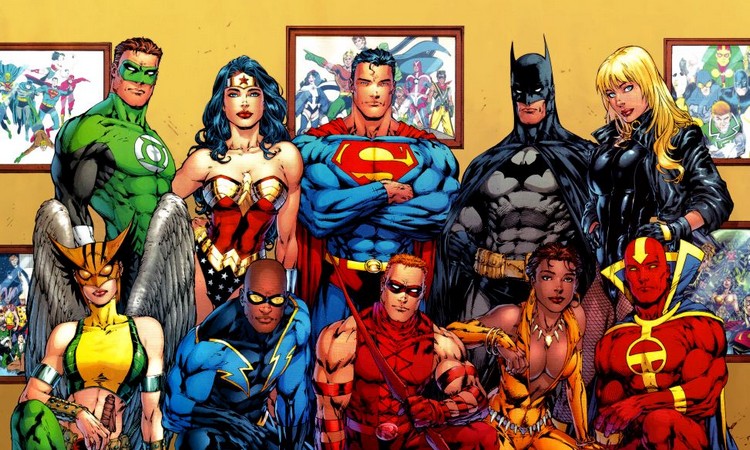
Executive Editor
- Tom DeFalco 1987
- Mark Gruenwald 1987–1994, senior editor 1995–1996
- Carl Potts Epic 1989–1994, 1995–
- Bob Budiansky early '90s – 1994
- Bobbie Chase 1995–2001
- Tom Brevoort 2007–present
- Axel Alonso 2010 – January 2011

Editor-in-chief
- Jim Shooter (1978–1987)
- Tom DeFalco (1987–1994)
- No overall; separate group editors-in-chief (1994–1995) Mark Gruenwald, Universe (Avengers & Cosmic)
- Bob Harras, Mutant
- Bob Budiansky, Spider-Man
- Bobbie Chase, Marvel Edge
- Carl Potts, Epic Comics & general entertainment
- Bob Harras (1995–2000)
- Joe Quesada (2000–2011)
- Axel Alonso (2011–present)